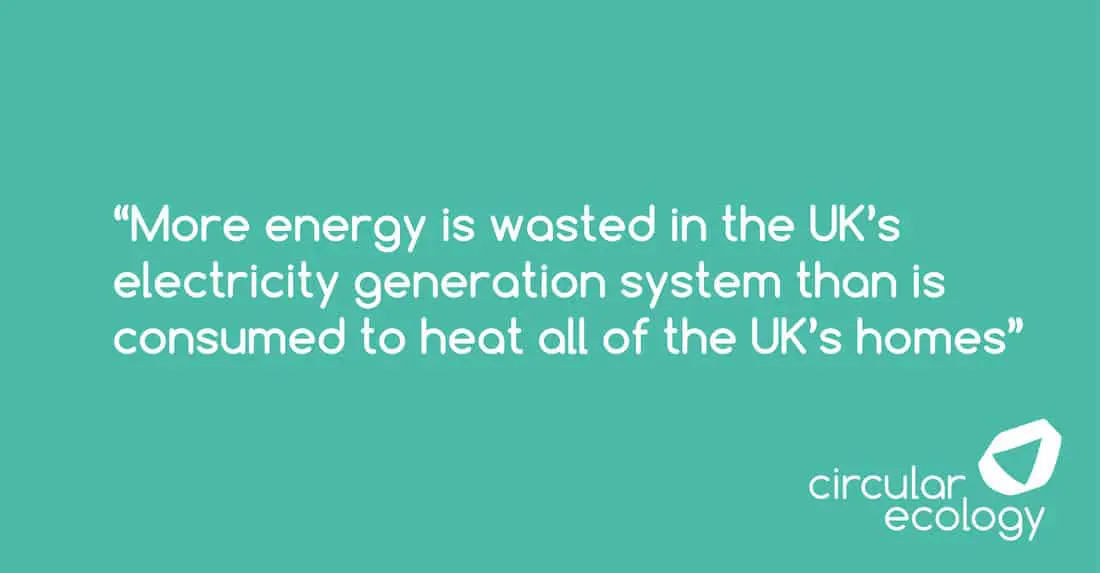Blog, Carbon Footprint, Energy, News, Sustainability
IPCC: Energy demand in the building sector to double
The Intergovernmental Panel on Climate Change (IPCC) has been working hard to release their fifth assessment reports on climate change (AR5). Their report on “Mitigation of Climate Change” revealed that in 2010 the world’s man-made greenhouse gas emissions (GHGs) were 181% of 1970 levels. In fact, emissions over this 40 year period were responsible for half of all CO2 emissions since 1750.Such trends are clearly a cause for concern, but what contribution has the building sector made to this increase and what role does it have to play in the future of carbon footprint reduction?
Let’s first take a look at the current situation. In 2010, which is the latest data from the AR5 report, the building sector was responsible for 19% of the world’s GHG emissions.
This is a sizeable contribution and is more significant than the share of transport at 14%. However, it is considerably lower than emissions from industry at 31%.
What’s more, since 2000 the world’s GHG emissions have increased by 22.5%, with this increase coming directly from energy supply (47%), industry (30%), transport (11%) and buildings (3%). However, the building sector is indirectly responsible for some of the increase in energy supply emissions, but it has clearly grown at a slower pace than other key sectors. So why the cause for concern?
The building sector consumes a third of the world’s energy
On further investigation in 2010 the building sector accounted for 32% of the world’s energy use and around a third of ‘black carbon emissions’, which are emissions from fossil fuels. Furthermore, the IPCC projected that by 2050 energy demand in the building sector will double and CO2 emissions will increase by somewhere between 50–150%. This is clearly a trend that cannot be allowed to occur, especially if we are to limit the impacts of global warming to within sustainable levels.
China’s construction sector consumes around half of the world’s steel and cement and employs 37 million people, which is 23% more than the entire working population of the United Kingdom.
This growth in energy demand will arise from improvements in wealth, lifestyle changes, access to modern energy services, adequate housing, and urbanisation. They also note the “significant lock‐in risks associated with the long lifespans of buildings and related infrastructure”. These are especially important in regions with high construction rates, such as China whose construction sector consumes around half of the world’s steel and cement and employs 37 million people, which is 23% more than the entire working population of the United Kingdom. This will have quite an embodied carbon impact.
The building sector clearly has an important role to play. It will need to significantly bring down its energy consumption and corresponding GHG emissions. Fortunately, the opportunities to improve are significant, with recent advances in technologies, improvements in know‐how and the adoption of new policies. For new buildings the IPCC state the adoption of very low energy building codes is important and has progressed substantially since AR4, which was published in 2007. Retrofit also forms a key part of the mitigation strategy, particularly in developed countries where reductions of 50–90% in heating / cooling loads have been achieved. They further note that recent large improvements in performance and costs make very low energy construction and retrofits economically attractive, these can sometimes even be achieved at net negative costs.
Behaviour change is also noted as important, where similar buildings can operate with up to a five-fold difference in energy use. In fact, lifestyle and behavioural change could reduce energy demand by 20% in the short term and as much as 50% by 2050. Although naturally it should be noted that driving lifestyle and behaviour change is not an easy task, particularly in the short to medium term.
Building energy efficiency
There are also wider benefits of energy efficiency and GHG emissions reduction, including reductions in operating costs, improvements in energy security, health, environmental impacts, workplace productivity, fuel poverty reductions and net employment gains. These could be particularly valuable gains in developing economies. However, as we know too well there are many barriers in the building sector. Even when the finances suggest strong cost savings a rapid market uptake is by no means guaranteed and is historically likely to be slow. We clearly cannot afford to be so passive and therefore need to act soon to overcome key barriers.
Strong barriers include challenges around split incentives, such as between tenants, owners and builders, highly fragmented markets, and a shortage of skills, access to information and to financing. These have severely hindered the market‐based uptake of even the most cost‐effective opportunities. So what can we do to intervene?
The IPPC report clearly draws upon the important role of policy makers to intervene and states that well designed and implemented building codes have been among the most environmentally and cost‐effective instruments for emission reductions. They sate this with particularly high certainty and strong evidence. It is also clear that if the building sector is to significantly reduce its GHG emissions a diverse range of measures need to be taken. There is an important role for retrofit, which would require strong and new incentives to facilitate uptake, for demand side measures, switching to cleaner fuels and energy reduction through behaviour change. But perhaps the most important role of all is for policy makers around the world to be bold and to implement stronger building codes into their policies and standards. This would finally allow for a more rapid market uptake of energy and GHG saving technologies, which will be a key factor in reaching our ambitious, but necessary, climate change goals.
This blog originally appeared on CIOBs Global Construction Review.
What do you think? If you like this post please consider sharing it on social media using the share buttons, signing up to our Newsletter, or following us on Twitter or LinkedIn .
You may also be interested in:
- Online training courses
- Blog: Recycling is Not the Benefit
- Sustainability and sustainable development
- Inspirational sustainability facts
- Video: What is 1 tonne CO2e?


